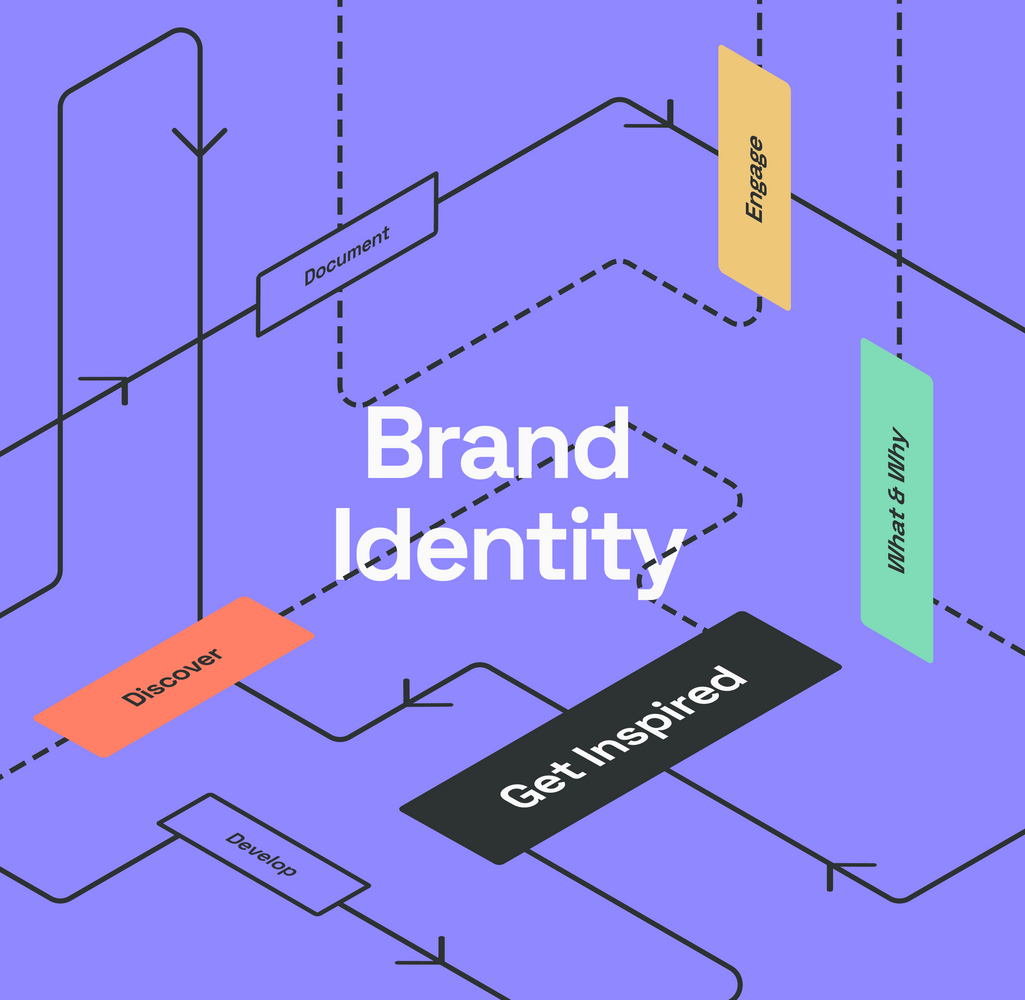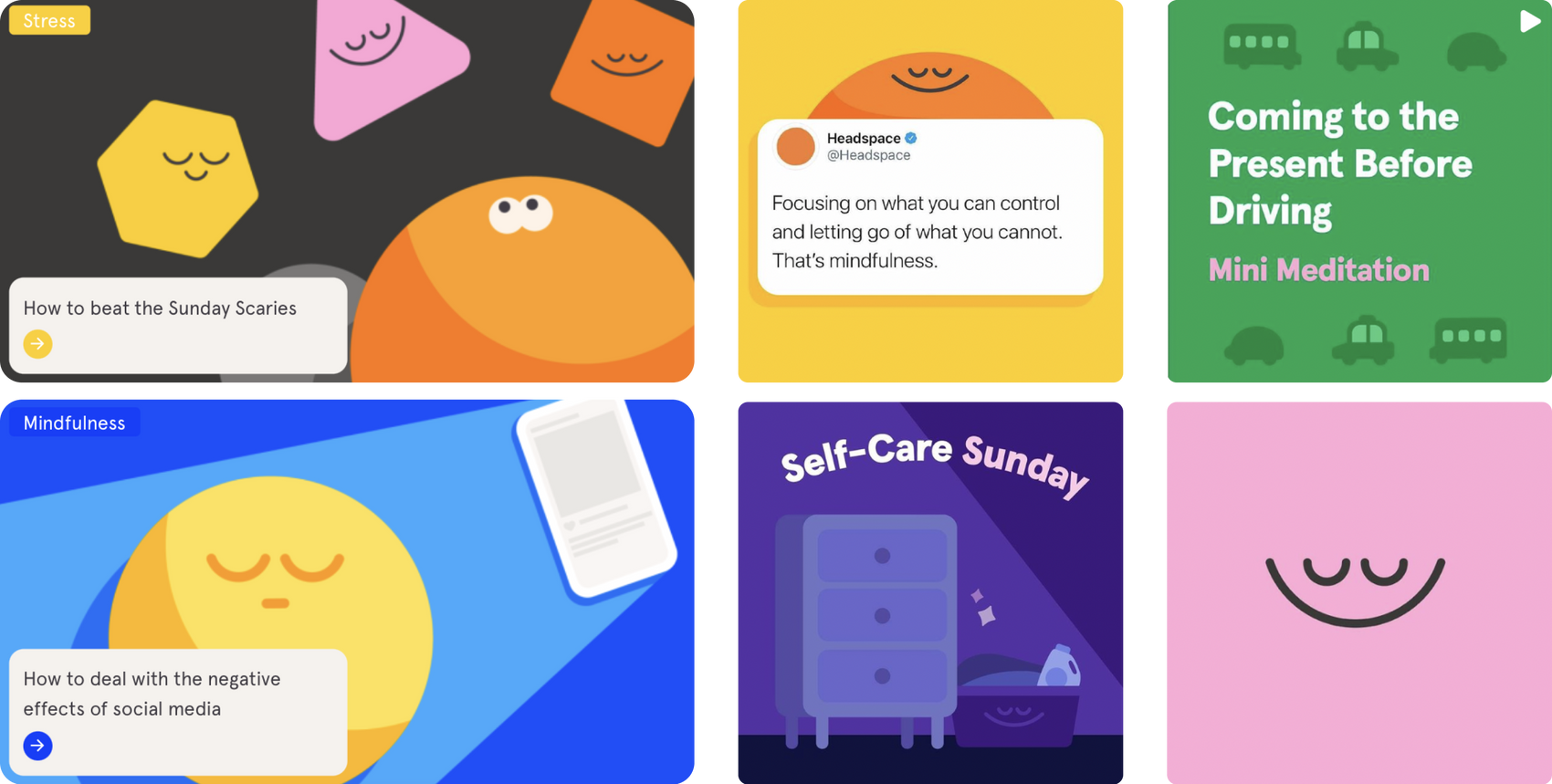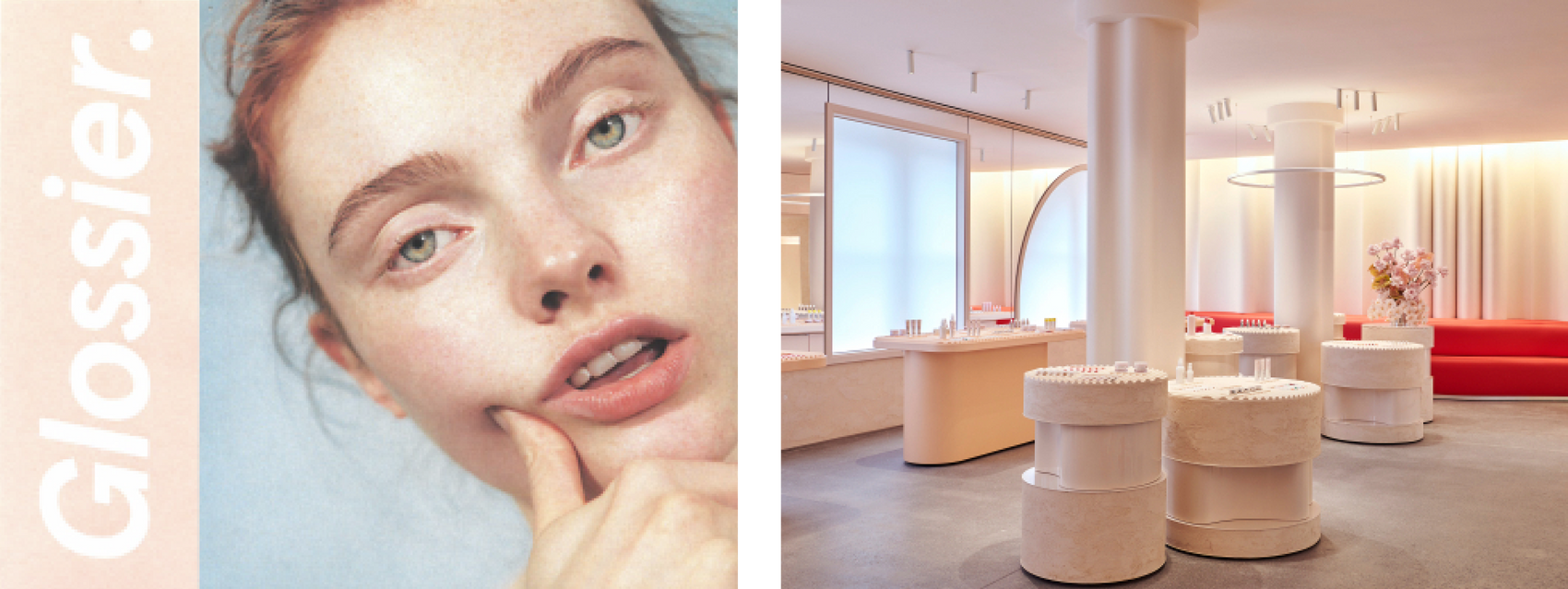
5 Strong Brand Identity Examples (& Tips to Uncover Your Own)
Is your brand identity a strong one? If you’re not able to answer that, or the answer is no, it may be time to strengthen yours.
When you’re evaluating (or re-evaluating) your brand identity, remember that it’s is more than just a visual identity. Your brand identity is something that lives within your company; it lives in your mission, your people, and your value proposition.
The companies with the strongest brand identities have spent a lot of time and effort cultivating their identity. In this article, we’ll go over five exceptional brand identity examples along with tips to help you emulate these brands to uncover a strong brand identity of your own.
1. Nike Continues Investing in Products & People That Align with Its Mission
Since its start, Nike has focused on inclusion in the sports world. Co-founder Bill Bowerman once said, “If you have a body, you are an athlete,” which it has included in its mission statement and uses to guide its product offerings and sponsorships.
In 2017, Nike launched a plus-size women’s clothing line for 1X–3X. Previously, the largest size in its clothing line for women was XL. The company also hired plus-size models and influencers to promote the new sizes and continues to use plus-size models and mannequins in-store and online. In 2019, Nike started using para-sport mannequins in its stores. Later, in 2020, Nike launched its first maternity collection.
Over time, Nike has continued to find new ways to embody its mission statement. Through research of its market, Nike is able to learn more about its customers and how it can better suit those customers. Tap into the minds of your target audience and find new ways to reach them, just like Nike has done with its plus-size and maternity collections and plus-size and para-sport mannequins.
2. Apple Taps into Emotion
Apple evokes strong feelings from its audience, from the great service you get at its stores to the entertainment and productivity that iPhones and Macs provide. If you’re a fan of Apple products, think about how they make you feel. Apple’s products have a people-driven design that makes customers feel productive, connected, and creative. Or think about how it feels when a new Apple product launches. People get excited and curious and feel like they have to have that new product.
Apple taps into emotion via exciting new product launch events, its stores and Genius Bar, and even the product packaging. The entire process – from product development to shipping – is a customer-centric approach that focuses on how to delight customers in new ways.
You can find ways to evoke these emotions from your audience, too, with your product offering or the service you provide. For example, an eCommerce store that offers a no-questions-asked return policy is going to delight its customers. Follow Apple’s lead and look for ways you can exceed your customers’ expectations.

3. Headspace Has a Visual Cohesiveness Across All Platforms
What started out as a simple meditation app has grown into a global brand that is visually recognizable by its quirky illustrations and bright color scheme. It’s these unique and cheerful visual elements that create cohesiveness between Headspace’s brand values (“Making the world a happier and healthier place”) and its identity online.
Headspace has uncovered a strong visual brand personality based on the fact that its target audience is attracted to the playfulness and unique aspects that other meditation apps don’t have. When you visit the Headspace app, website, or social media, it is immediately recognizable because of the bright pops of color and the illustrated characters that are unique to Headspace. You can see in the examples below that Headspace has similar visuals across all platforms; there are lots of bright colors and happy illustrations. This cultivated brand image has resulted in global recognition.
Regardless of the visuals you use, make them consistent across your social media profiles, website, email newsletters, advertisements, video, and any other marketing platforms you use.

4. Mailchimp Gives Structure to Its Brand Identity with a New Framework
After feeling like its brand identity didn’t align with its product, Mailchimp realized in 2018 that it needed a better framework for its brand to more effectively communicate its product to customers. The company said, “As our product has evolved to meet the changing needs of our customers, our brand has also evolved. Mailchimp has a new brand identity and design system.” The result was an effective and comprehensive framework that can be re-created internally by any department for any platform.
Mailchimp says, “We have a lot of creative people with unique voices under one roof, which can be inspiring — and messy. … We have introduced a framework of core components, so that the elements existing inside of it can be as free and expressive as we want.”
If your brand identity is feeling stale or you feel like it no longer aligns with your product, try reevaluating your brand framework. As your customers’ needs change, you may need to consider rebranding your company identity to meet those needs better. Remember, this doesn't happen overnight. You'll need to get internal buy-in from all the involved departments and strategize the best ways you can improve your existing framework.

5. Glossier Uses Simplicity to Communicate Its Value
Skincare and makeup can feel incredibly complicated – X-step skincare routines morning and night, bulging makeup bags filled with products you try once just to end up not liking them. In a world where beauty has become so complex, Glossier has built its brand identity around simplicity instead.
In 2014, Emily Weiss launched Glossier with just four products. By January of 2020, the product line included 36 skincare, makeup, and fragrance products, which is still “a minimalist offering by beauty brand standards.”
Glossier originally used a direct-to-consumer model, meaning customers could only buy online and not anywhere else. Now it has started to launch stores but is still looking to simplify the customer experience: “There is no cash register; to buy a product, I speak to a jumpsuited assistant who places my order and takes payment using an iPad.”
In a world where things are often overcomplicated, use simple methods to communicate your value to customers, not just in the products you offer but the language and creative elements you use, too.

Put These Brand Identity Examples into Practice
Use a brand management platform to document and develop your brand identity. An all-in-one platform like Frontify allows you, and all those involved in your company's brand, to house everything related to your brand identity so that it can continue to evolve and grow.
With a brand management platform, you can:
- Develop brand guidelines to maintain consistency across all your marketing initiatives
- Develop design elements (your logo, fonts, color palettes, templates, media, and more)
- Manage all your digital and creative brand assets and other brand elements in one area
- Collaborate with other team members on design
No matter where you are in the process of discovering your brand identity, a brand management platform can help you meet your goals.
